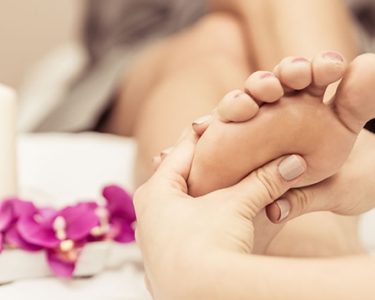Are you aware that morning-after pills are being hailed by researchers as a ‘game-changer’ for public health? Yes, this revolutionary drug is transforming the lives of women across the world. With its effectiveness in preventing unintended pregnancies and reducing abortion rates, it’s no wonder why experts consider it as one of the most significant advancements in reproductive healthcare. In this blog post, we’ll explore what makes morning-after pills so special and how they can impact public health on a global scale. So buckle up because we’re about to take an exciting ride!
The Morning-After Pill: What Is It?
The morning-after pill is a type of emergency contraception that can be used to prevent pregnancy after unprotected sex. It works by delaying or preventing ovulation, and can be taken up to 5 days after unprotected sex. The morning-after pill is not the same as abortion, and will not end a pregnancy that has already begun. However, it is important to note that the morning-after pill is not 100% effective, and should not be used as a regular method of birth control.
How Does the Morning-After Pill Work?
The morning-after pill is a type of emergency contraception that can be used to prevent pregnancy after unprotected sex. There are two types of morning-after pills: the regular pill and the progestin-only pill. The regular pill contains a combination of the hormones estrogen and progestin, while the progestin-only pill contains only progestin.
How does the morning-after pill work?
The morning-after pill works by delaying or preventing ovulation. If ovulation has already occurred, it may prevent fertilization of the egg by sperm. It is most effective if taken within 72 hours (3 days) of unprotected sex, but can still be effective up to 120 hours (5 days) after unprotected sex.
The morning-after pill is not 100% effective in preventing pregnancy and should not be used as a regular method of birth control. If you have unprotected sex regularly, you should consider using a more reliable method of birth control such as condoms, birth control pills, or an intrauterine device (IUD).
Who Can Use the Morning-After Pill?
There are many different types of morning-after pills available on the market, and each one is designed for a specific purpose. Here are some of the most common types of morning-after pills:
1. Plan B One-Step: This pill contains levonorgestrel, a progestin hormone that prevents pregnancy by stopping the release of an egg from the ovary. It can be taken up to 72 hours after unprotected sex.
2. Ella: This pill contains ulipristal acetate, a progesterone receptor modulator that works by delaying ovulation. It can be taken up to 120 hours after unprotected sex.
3. Next Choice One Dose: This pill also contains levonorgestrel, but it must be taken within 72 hours of unprotected sex.
4. My Way: This pill contains levonorgestrel and can be taken up to 72 hours after unprotected sex.
5. AfterPill: This pill contains levonorgestrel and can be taken up to 5 days after unprotected sex.
Where Can I Get the Morning-After Pill?
There are many places where you can get the morning-after pill. You can get it at most pharmacies and some grocery stores. You can also buy it online or over the counter at some drugstores.
Are There Any Side Effects?
There are a few potential side effects associated with morning-after pills, but they are generally considered to be rare and mild. The most common side effect is nausea, which can be alleviated by taking the pill with food or water. Other potential side effects include:
-Headache
-Dizziness
-Breast tenderness
-Fatigue
Overall, morning-after pills are safe for most people to use. However, if you experience any severe side effects, it is important to seek medical attention immediately.
Conclusion
Morning-after pills are a safe, highly effective and affordable way of regulating unplanned pregnancies. They are empowering people to make choices about their own bodies and reproductive health. With the accessibility that morning-after pills provide, researchers are calling them a ‘game changer’ for public health as they could go a long way in helping reduce unintended pregnancies, improving sexual and reproductive health outcomes for individuals worldwide.




